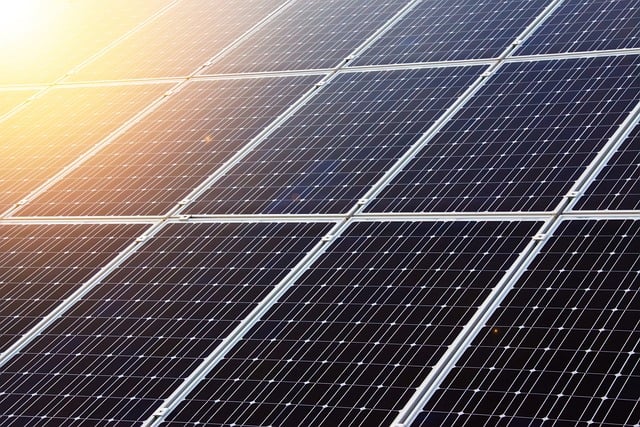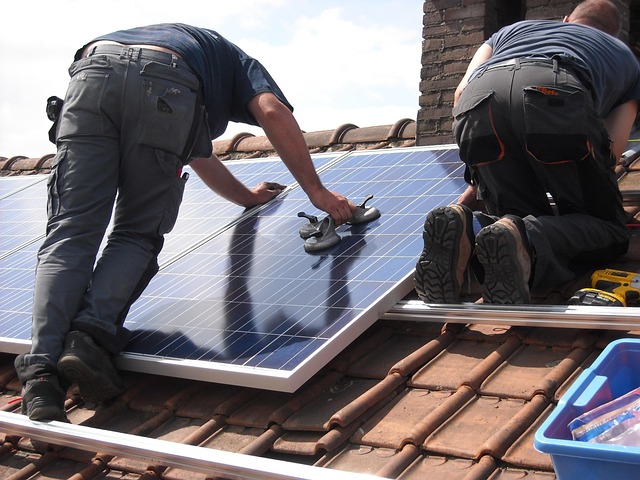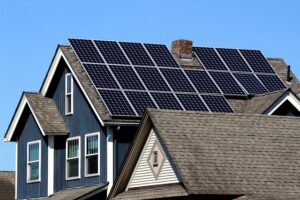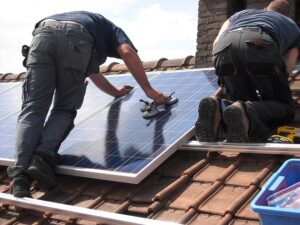The Art of Solar: Designing Aesthetic Solar Panel Installations
As the world shifts towards sustainable energy solutions, solar power stands out as a beacon of hope, providing not only clean energy but also the opportunity to innovate in design. The conventional image of solar panels may evoke thoughts of bulky, uniform systems that disrupt architectural harmony. However, as the demand for solar energy grows, so does the potential for aesthetic installations that blend seamlessly with our environments. This article will explore the intricate art of designing aesthetic solar panel installations, focusing on the principles of design, integration with architecture, innovative technologies, and the importance of community involvement.
Understanding the Aesthetic Value of Solar Panels
The aesthetic value of solar panels lies in their ability to complement existing structures while providing functional energy capabilities. The movement toward integrating aesthetics with solar has been gaining momentum, leading to innovative designs that are visually appealing and sustainable.
While traditional solar panels are generally flat and rectangular, the evolution of technology has paved the way for more creative shapes, colors, and textures. Modern panels can now mimic traditional roofing materials, allowing them to blend seamlessly into the overall design of a building. This shift in mindset opens up the realm of possibilities for solar panel installations that are not merely functional but also beautiful.
Principles of Aesthetic Solar Installations
When conceptualizing a solar panel setup, several fundamental principles can guide the design process:
Symmetry and Proportion
Creating a balanced look is essential in any design, including solar installations. By carefully considering the placement and orientation of solar panels, designers can achieve harmony in appearance. Symmetrical layouts tend to be visually appealing and can enhance the overall aesthetic of a building.
Color Palette
The color of solar panels can significantly influence their visual impact. Historically, solar panels have been predominantly black or blue, but advancements now allow for various colors and finishes. Designers can select panels that complement or contrast with the existing color scheme of a building, enhancing its overall look.
Material Selection
The materials surrounding or encasing solar panels can also have a substantial effect on aesthetics. The choice of framing—whether aluminum, wood, or composite—can add texture and character to the installation. Choosing materials that resonate with the architecture will create a cohesive design.
Integration with Landscape
Solar panels should not only harmonize with the building but also with the broader landscape. Placing panels within gardens, on pergolas, or integrating them with natural elements can enhance their presence and create a more inviting atmosphere.
Architectural Integration of Solar Panels
Successful aesthetic solar design relies heavily on architectural integration. To achieve this goal, many architects and homeowners are taking an innovative approach, which leads to unique installations that do not detract from a building’s character.
Building-Integrated Photovoltaics (BIPV)
BIPV is a groundbreaking technology that replaces conventional building materials with photovoltaic elements. For instance, solar shingles can serve as roofing material while generating energy. This not only preserves the aesthetic integrity of the building but also maximizes energy efficiency. BIPVs can be designed to resemble traditional roofing or facade materials, making them virtually indistinguishable from their non-solar counterparts.
Creative Mounting Solutions
The way solar panels are mounted can play a significant role in their visual appeal. Using innovative mounting systems that allow for tilted installations or adjustments can create dynamic installations that enhance the architectural lines of a building. For example, panels installed on angled rooftops can act as design elements that highlight the structure’s geometry.
Color and Texture Synchronization
Designers can choose custom-colored solar panels that match or contrast with the building’s primary colors while ensuring that the texture of the panels complements the overall design. This synchronization between solar panels and surrounding materials creates visual cohesion, transforming solar energy systems into artistic focal points.
Innovative Technologies Shaping Aesthetic Solar Design
Technological advancements continue to bridge the gap between solar functionality and aesthetic appeal. These innovations range from consumer-friendly designs to cutting-edge manufacturing techniques.
Transparent Solar Panels
Transparent solar panels represent a radical shift in design possibilities, allowing panels to be used in windows while still generating energy. This technology maintains natural light and visual connections to the outdoors without compromising functional efficiency, making them ideal for urban settings.
Solar Canopies and Shade Structures
For outdoor spaces, solar canopies and shade structures serve the dual purpose of providing shaded areas while harnessing solar energy. These installations can take various forms, such as pergolas, awnings, or freestanding structures, enhancing outdoor aesthetics while being energy-positive.
Solar Tiles and Slates
Solar tiles and slates are another innovative solution that enables clear aesthetic integration. These products blend traditional roofing aesthetics with the functionality of solar energy capture. Their natural appearance makes them ideal for homes that seek to maintain a classic or upscale look.
The Importance of Community Involvement
As solar installations continue to evolve, community engagement plays a vital role in fostering acceptance and encouraging creative expressions in solar design. Involving local stakeholders in the design process can lead to a deeper understanding of community values and aesthetics.
Community Design Workshops
Hosting community design workshops allows participants to express their preferences, learn about solar technology, and contribute ideas that prioritize local aesthetics. These collaborative sessions can yield valuable insights, resulting in designs that resonate deeply with the community.
Cultural Sensitivity in Design
Understanding the cultural context is essential when designing solar installations in diverse communities. Being sensitive to the community’s architectural heritage can result in designs that do not just serve a functional role but also celebrate local identity and history.
The Future of Aesthetic Solar Panel Installations
As we look forward, the future of aesthetic solar panel installations seems bright and full of potential. Innovations in solar technology will continue to produce new opportunities for blending energy efficiency with beautiful design. Designers, architects, and engineers are now more empowered to challenge conventions and re-imagine how solar energy can be integrated into our daily environments.
As sustainability becomes a thread woven into the fabric of modern life, the aesthetic approach to solar installations will play a key role in fostering acceptance and enthusiasm for renewable energy solutions. Harnessing the sunlight will no longer mean surrendering design principles; instead, it will encompass a harmonious relationship between functionality and beauty.
Conclusion
In the art of designing aesthetic solar panel installations, the synergy between nature, architecture, and technology creates an empowering movement that redefines how we interact with energy resources. As we embrace these changes, it becomes paramount for architects, designers, and communities to collaborate closely, utilizing the principles of design, innovative technologies, and cultural sensitivity. Together, we can forge a future where solar panels are not just energy solutions but celebrated components of our landscapes that reflect our commitment to both sustainability and artistry.





